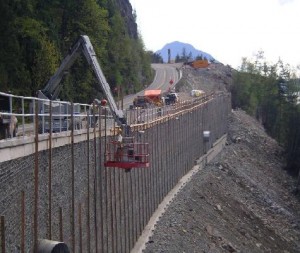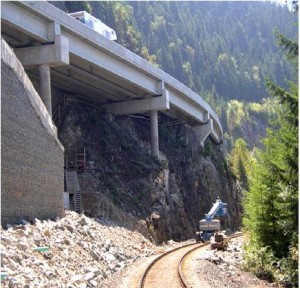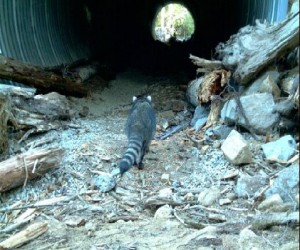The Sea-to-Sky Highway Improvement Project finished a couple of years ago now, but it’s still attracting attention. In fact, the project just received a Gold Award for Innovation and Excellence in Public-Private Partnerships (PPP) from the Canadian Council  for Public-Private Partnerships.
for Public-Private Partnerships.
This isn’t the project’s first award either. This recent addition brings the total to 15 national and international awards, making it one of the most celebrated public private partnerships in North America. But why all the fuss? What makes this project stand out over any other? Let’s have a look…
The main focus of the Sea-to-Sky Highway Improvement Project is to improve safety, reliability and mobility along Highway 99 from Vancouver to Whistler and it’s accomplished those goals in spades. To illustrate just how successful it’s been, before the project began, collisions along the corridor averaged about 215 a year. In 2010, the year following the project’s completion, that number plunged to 73 – that’s a 66 per cent drop. And, when you consider there are ten million passenger-trips a year along this highway, it really puts those numbers in perspective.
There were a lot of improvements that lead to that dramatic reduction, but the most important was the widening of the road. That upgrade improved driver sightlines, and allowed room for other enhancements such as additional passing lanes and median barriers, making things safer for motorists and cyclists.
But it wasn’t easy, and if you’ve driven the highway before, you know why. On one side there’s a steep rock face and, on the other, a quick drop into the ocean. Not exactly ideal road-building conditions.
To widen the road, over two million cubic metres of material was moved – enough to fill BC Place stadium to the roof. Where it wasn’t feasible to blast, walls and bridges were built to make room for the new road. Some other highlights of the project:
- 80 km of new passing lanes
- 46 km of median barrier
- 40 new bridges
- 105 retaining walls
- 74 km rumble strips
- 68 km wider shoulders
 But the terrain wasn’t the only project challenge as a lot of the work took place near environmentally sensitive areas. Crews took extra care to make sure they made as little impact on the natural surroundings as possible. Wetlands and fish passages were protected, and 16 new wildlife passageways were built to make it safer for animals to cross the road. The eagles got some peace and quiet too, as construction wasn’t allowed within 1,000 metres of their nesting sites.
But the terrain wasn’t the only project challenge as a lot of the work took place near environmentally sensitive areas. Crews took extra care to make sure they made as little impact on the natural surroundings as possible. Wetlands and fish passages were protected, and 16 new wildlife passageways were built to make it safer for animals to cross the road. The eagles got some peace and quiet too, as construction wasn’t allowed within 1,000 metres of their nesting sites.
The new highway not only makes travel safer and more reliable for travellers and residents along the corridor, it also adds to its award-winning reputation as one of the world’s most beautiful drives. Here a few photos of the project on our Flickr site.
Have you driven the Sea-to-Sky before and after the upgrades? What do you think about the changes? Let us know on Facebook.
Join the discussion